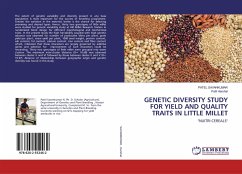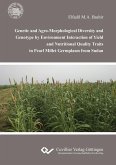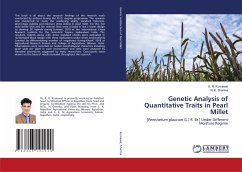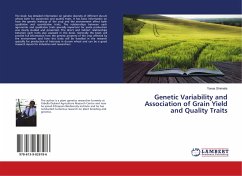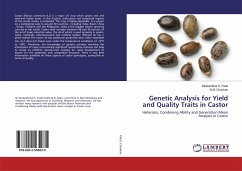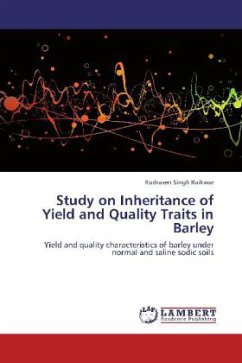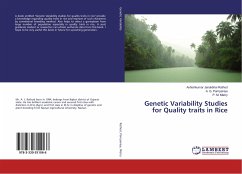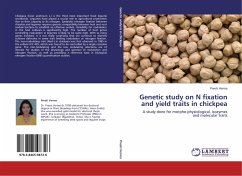The extent of genetic variability and diversity present in any base population is most important for the success of breeding programme. Greater the variation in the material, better is the chance for selecting promising and desired types. Hence, thirty two genotypes of little millet were studied for genetic variability study at Hill Millet Research Station in randomized block design for different morphological and biochemical traits. In the present study the high heritability coupled with high genetic advance was observed for number of productive tillers per plant, grain yield per plant, straw yield per plant, 1000 seed weight, protein content, ash content, fat content, calcium content, iron content and fiber content which, indicated that these characters are largely governed by additive genes and selection for improvement of such characters could be rewarding. Thirty two genotypes of little millet were grouped into seven clusters. The maximum inter-cluster distance (D= 16.68) was observed between cluster II and VI followed by those between cluster II and V (D= 15.97). Absence of relationship between geographic origin and genetic diversity was found in this study.
Bitte wählen Sie Ihr Anliegen aus.
Rechnungen
Retourenschein anfordern
Bestellstatus
Storno

